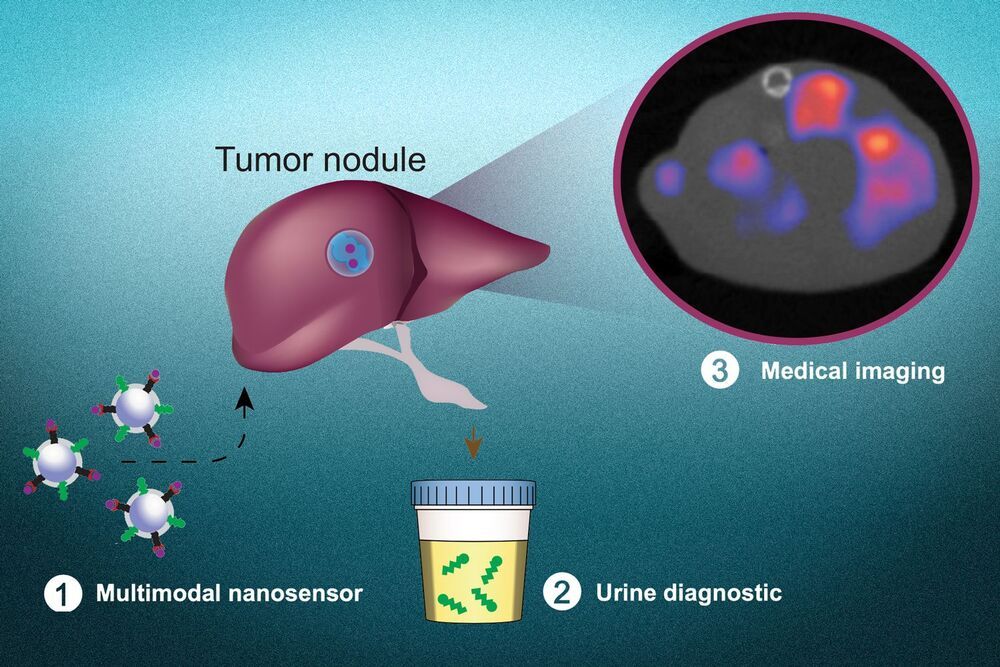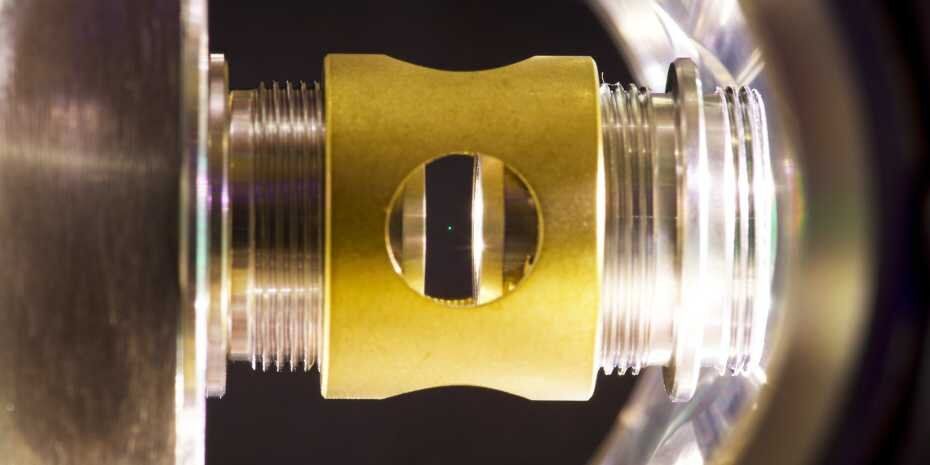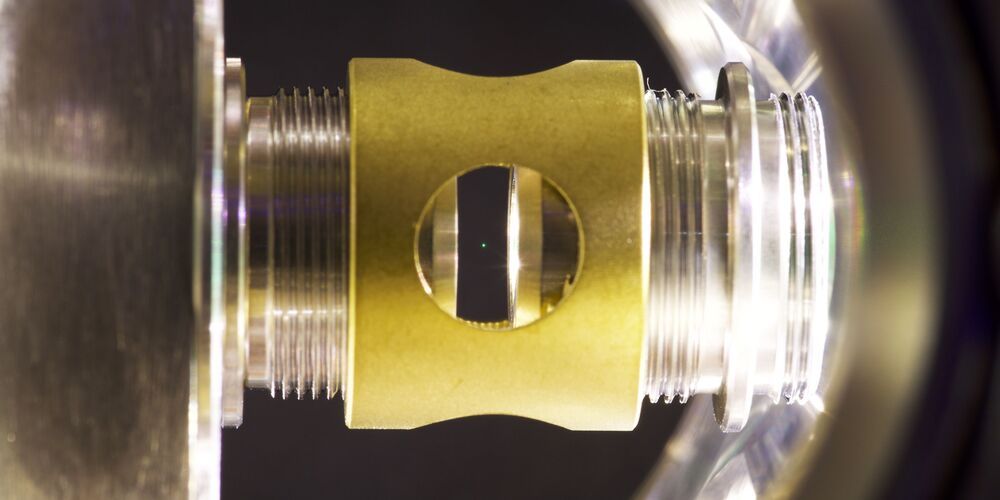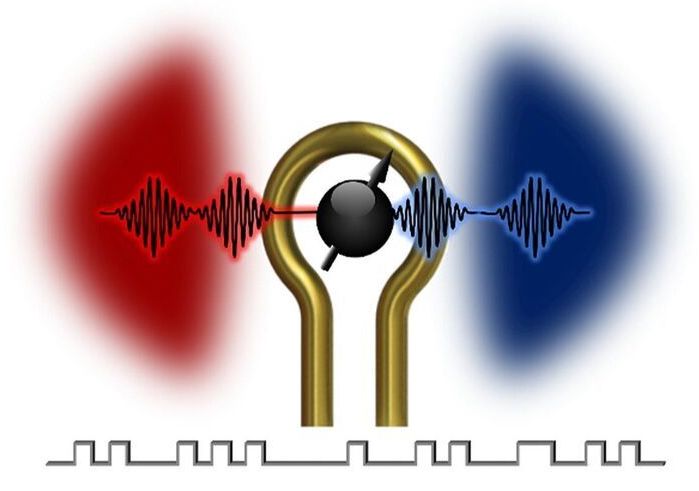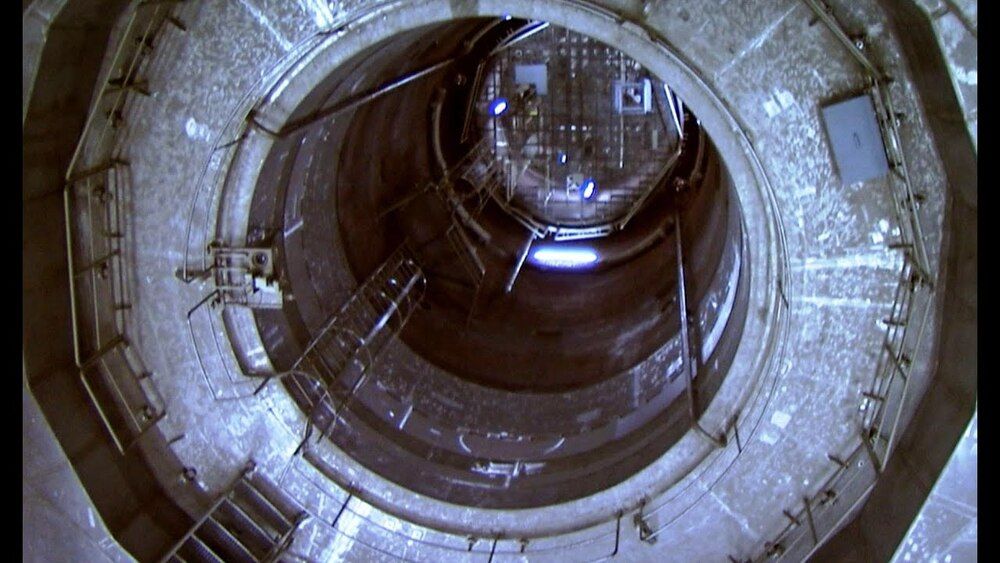Jul 18, 2021
Kenyan entrepreneur turns plastic waste into bricks, stronger than concrete
Posted by Omuterema Akhahenda in categories: engineering, sustainability, transportation
Plastic waste, a material that can take centuries or more to disappear, is causing irreparable damage to the planet. At least 8 million tons of plastic end up in the ocean each year. In many cases, specifically in more developed countries, plastic waste is disposed of responsibly and sent to facilities to be sorted, recycled, or recovered. However, plastic waste generated in developing countries typically ends up in dumps or open, uncontrolled landfills — most of which eventually enter the ocean either through transport by wind or tides or through waterways such as rivers or wastewater. Now, many companies are recycling this waste into useful products, such as sportswear, affordable homes, electric cars, roads, etc. One of them is Gjenge Makers Ltd, a sustainable, alternative, affordable building products manufacturing company that transforms plastic waste into durable building materials. These include paving blocks, paving tiles, and manhole covers.
Nzambi Matee has used her engineering skills to develop the process that involved mixing recycled waste plastic and sand. Matee gets the wasted plastic from packaging factories for free, although she pays for the plastic she gets from other recyclers. The company workers take plastic waste, mix it with sand, and heat it up, with the resulting brick being five to seven times stronger than concrete.
Continue reading “Kenyan entrepreneur turns plastic waste into bricks, stronger than concrete” »

